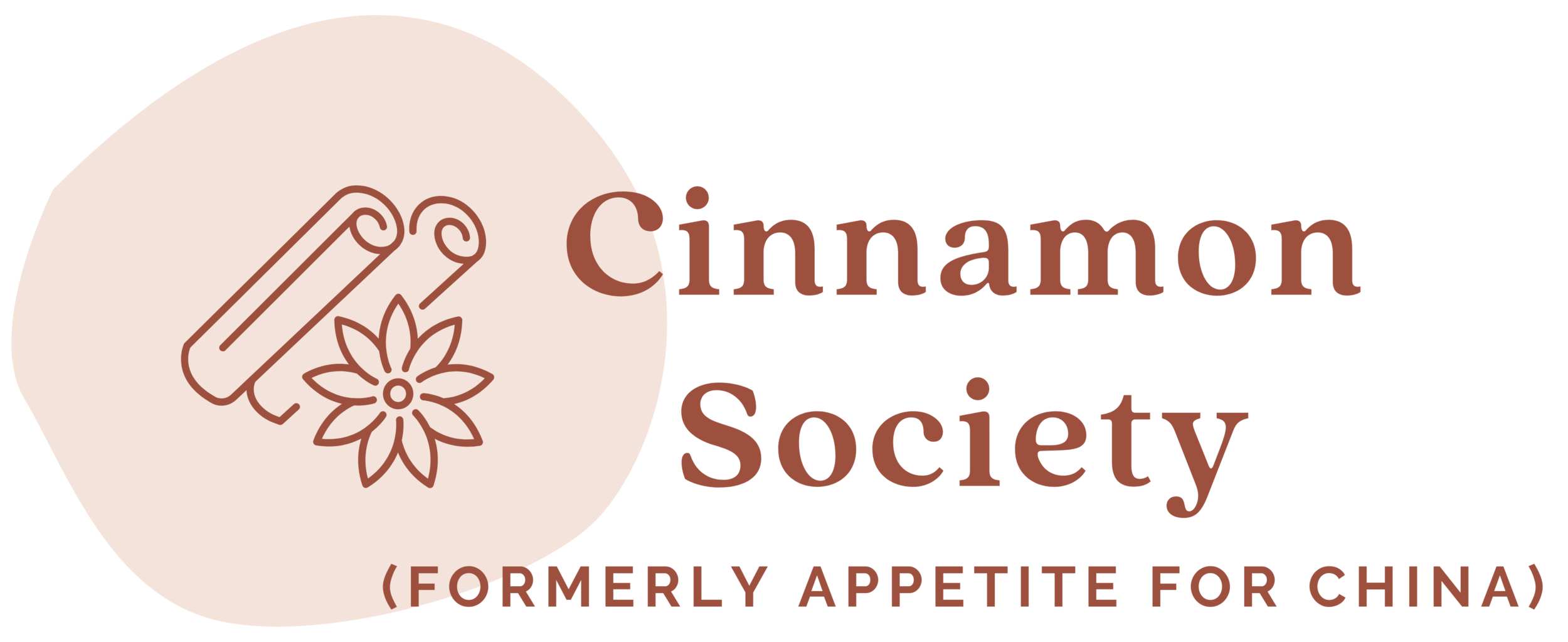Summer Palace at the China World Hotel
 (Steamed Mandarin fish and tofu in saffron soup.)
(Steamed Mandarin fish and tofu in saffron soup.)
Earlier this week, at an election-night viewing party in Beijing, I was discussing the city's restaurant scene with a fellow expat. "Name your 5 favorite Chinese restaurants in Beijing," he said. After rattling off the favorites, it occured to me that most of my top picks were Sichuan spots. "Where do you go for Cantonese?" he asked. "Hong Kong" was my response.
Beijing's lack of good Cantonese spots has been part of the challenge of living here. I often bemoan the fact that I can more easily find a passable wonton noodle soup, cha siu, and dim sum in New York. Even Cantonese ingredients like fish sauce, wonton wrappers, and lap cheong are rare in supermarkets. All Chinese food is not created equal, or equally available, in China.
Of course, I had not yet tried Summer Palace, a recently renovated restaurant at the China World Hotel, part of the Shangri-la Hotels. Jacob and I were invited to lunch there last week, and got to taste a good sampling of the food. The menu offerings at Summer Palace break down to about 60% Hong Kong-style Cantonese and 40% Huiyang, a cooking style from Jiangsu Province that emphasizes steaming, braising, long cooking processes, and intricate presentation. According to dining director Derrick Siew, the Cantonese and Huiyang teams work separately, to avoid influencing each other too much and to preserve distinct cooking styles.
The decor of the dining room is meant to evoke 1930's Shanghai, with chandeliers and stain-glass-style mosaics. Tea service also matched the pizzaz of the dining room; a young server roamed the room, refilling tea pots and glasses with a long spouted tea pot with flourish.

(Tea service.)
While sipping our tea, the waitresses came by with a terracotta teapot and matching cup. More tea? I wondered. Nope. It was a soup, bamboo shoot and dried scallops in fish broth, to be exact. The idea is that you pour a little at a time into the little teacup, while the rest of the soup stays warm. And, of course, you can also take off the lid and eat the contents inside. Ingenious!

(Left: Bamboo shoot and dried scallop soup in fish broth, served in a terracotta teapot. Right: King prawn in XO sauce.)
The next soup was also impressive, taste-wise, and was my favorite dish of the lunch: steamed Mandarin fish in a creamy saffron soup (pictured up top.) The soup was creamy, but not too thick to overshadow the steamed fish. At the bottom of the bowl was a circle of tofu that seemed like silky custard.
I also liked the king prawn served with a spicy XO sauce. The bread/pretzel piece on which it rested, however, was too hard to chew.

(Pork ribs in Huiyang brown sauce)
The piece de resistance main course, it seemed, was a pork ribs in Huiyang brown sauce. According to Siew, the pork is first deep-fried, then boiled and braised. As a result, the meat was fall-off-the-bone tender and absorbed the sauce like a sponge. The accompanying claypot rice, with Chinese sausage, preserved duck, gai lan (Chinese broccoli). The flavorings were served apart from the rice, something I haven't seen before, but is apparently Huiyang-style.

(Claypot rice with Chinese sausage, preserved duck, and gai lan)
After lunch, during the mid-afternoon lull, I asked for a sneak peak of the kitchen. We met Chef Stanley Yuen (Cantonese side), who previously worked at Lei Garden in Hong Kong and the Shangri-la in Jakarta, and Chef Xin Qing Hou, ex-head-chef at the Shangri-la in Zhongshan (my mother's hometown!) What most impressed me about the kitchen, besides its enormity, was that about 1/3 of it was set aside for just dim sum. There were stations for steaming bamboo baskets, ovens just for seafood, and ovens just for the fluffy baozi I'm particularly fond of. There was even two steamers just for cheong fun. I have always imagined dim sum kitchens to be cramped places where chefs worked on top of each other, like some high-end kitchens in Boston and New York where I've trailed.
I guess this is another class of workspace altogether, almost like the Chinese version of the Per Se kitchen.

Summer Palace at the China World Hotel 1 Jianguomenwai Dajie Chaoyang District, Beijing
